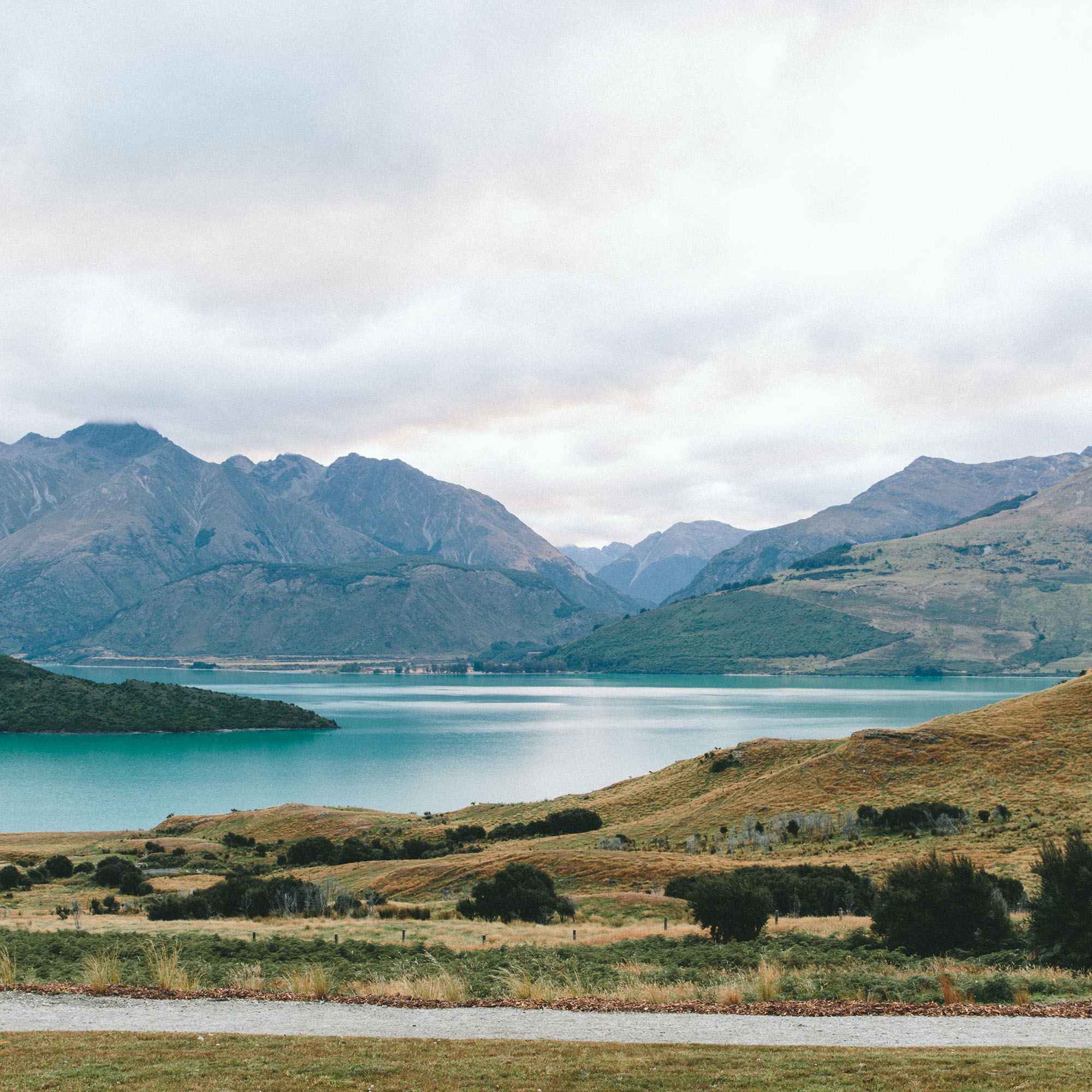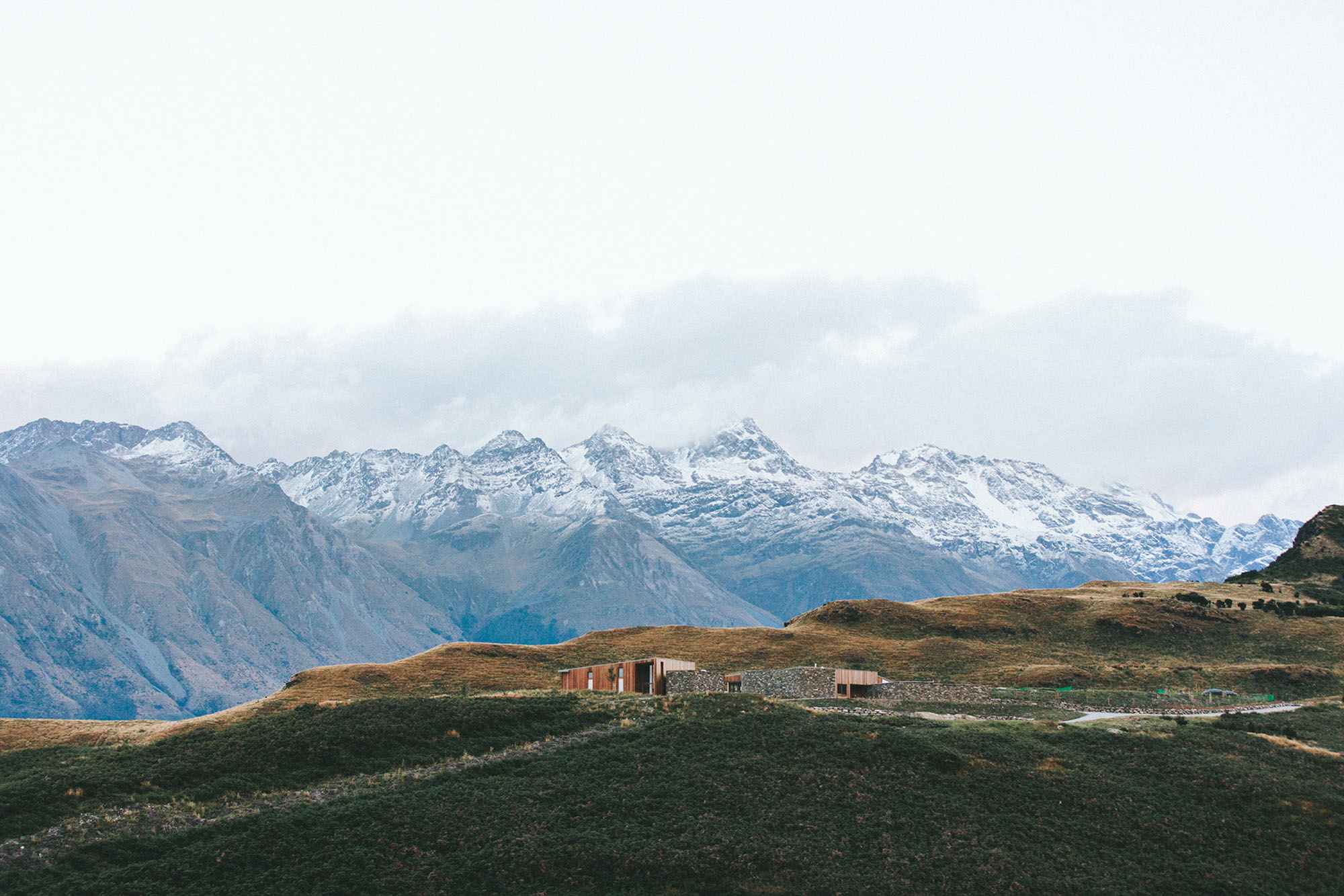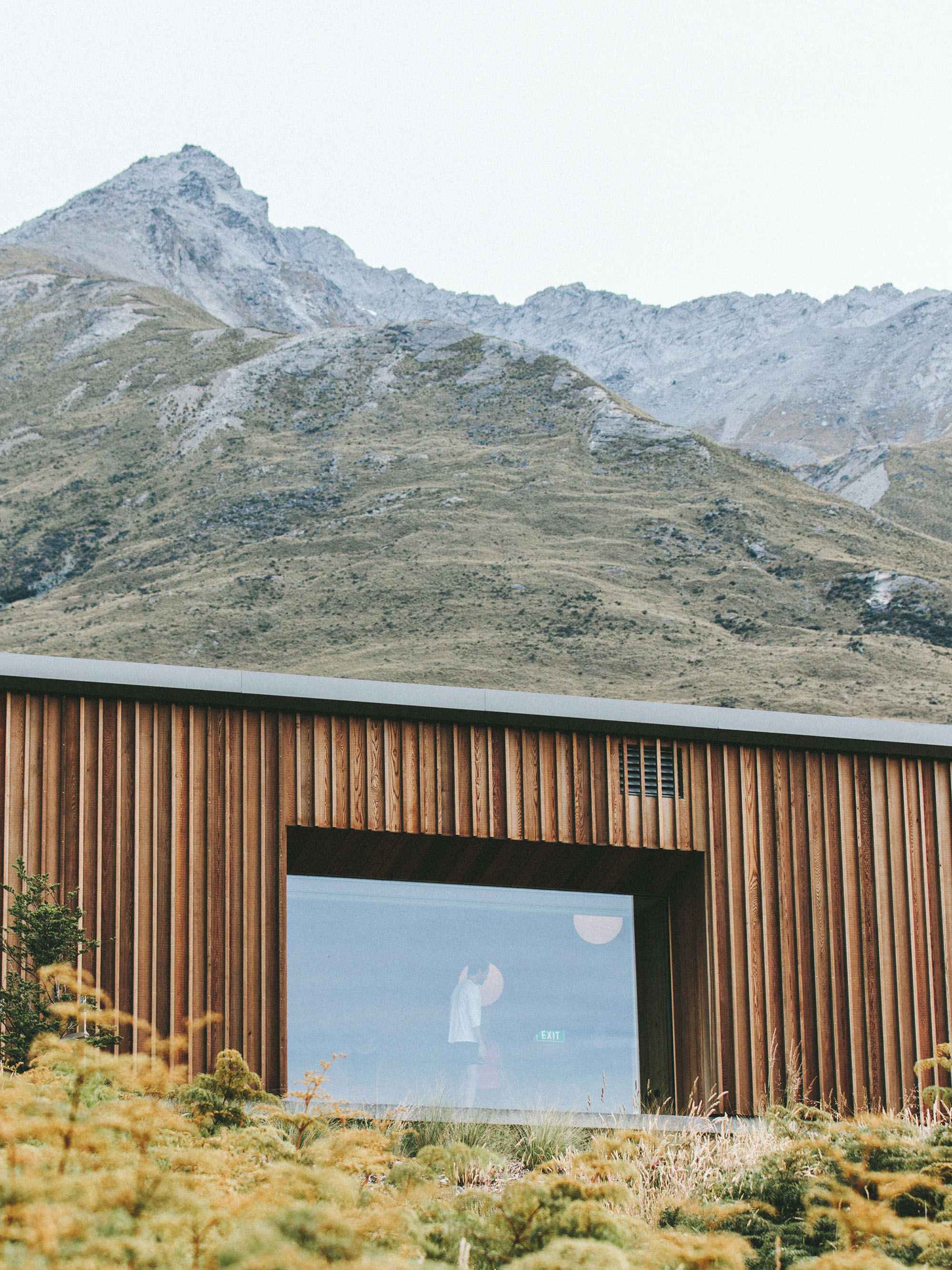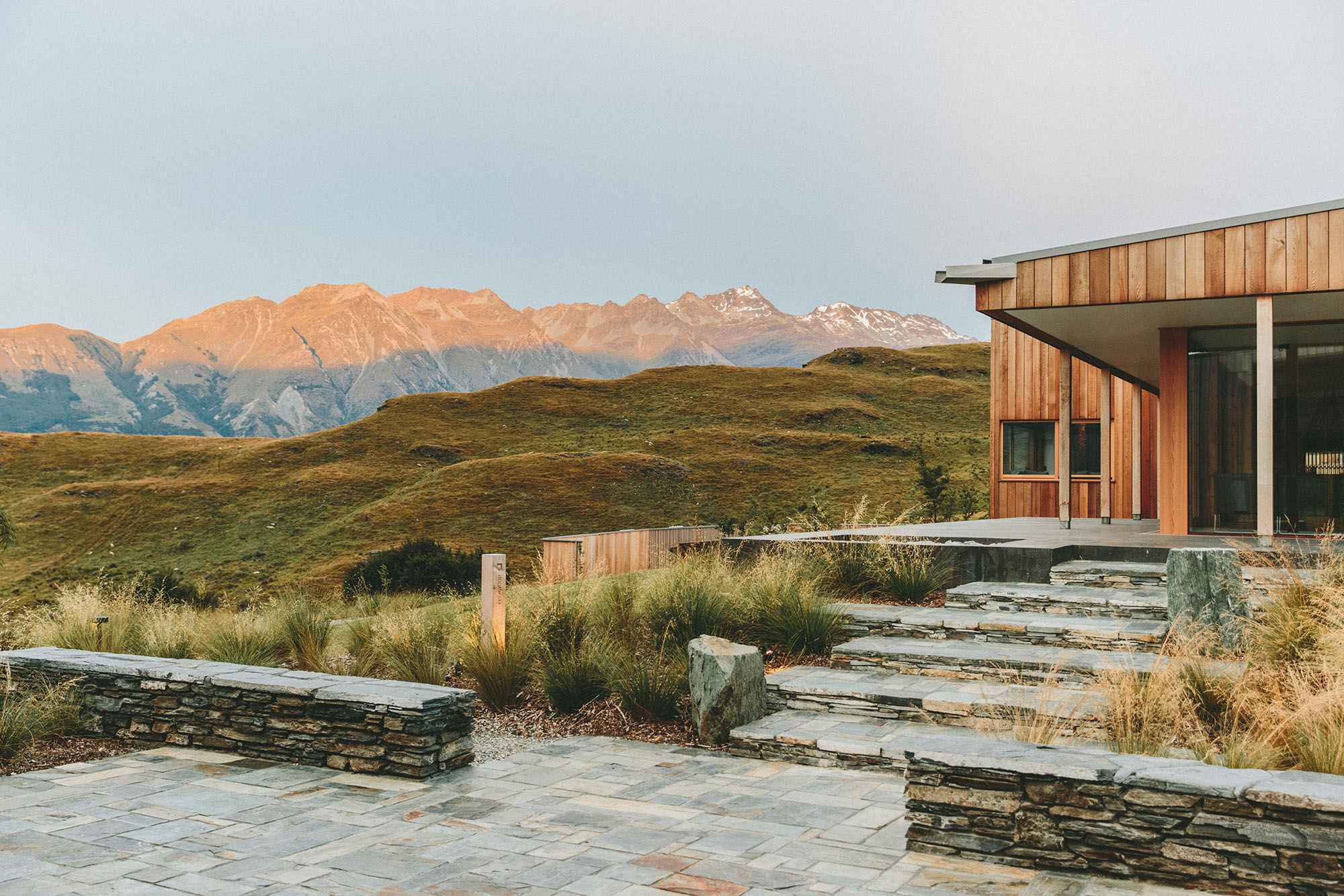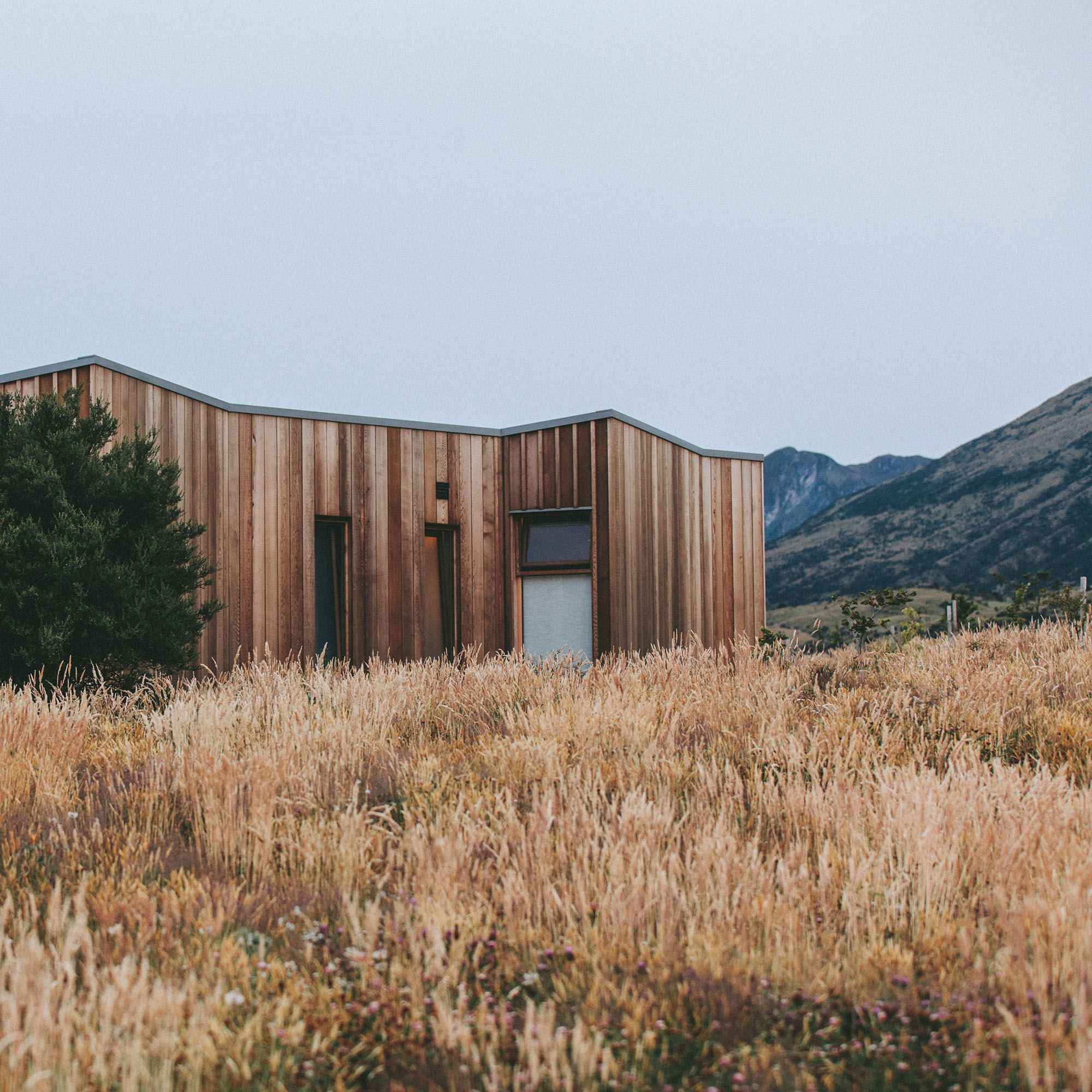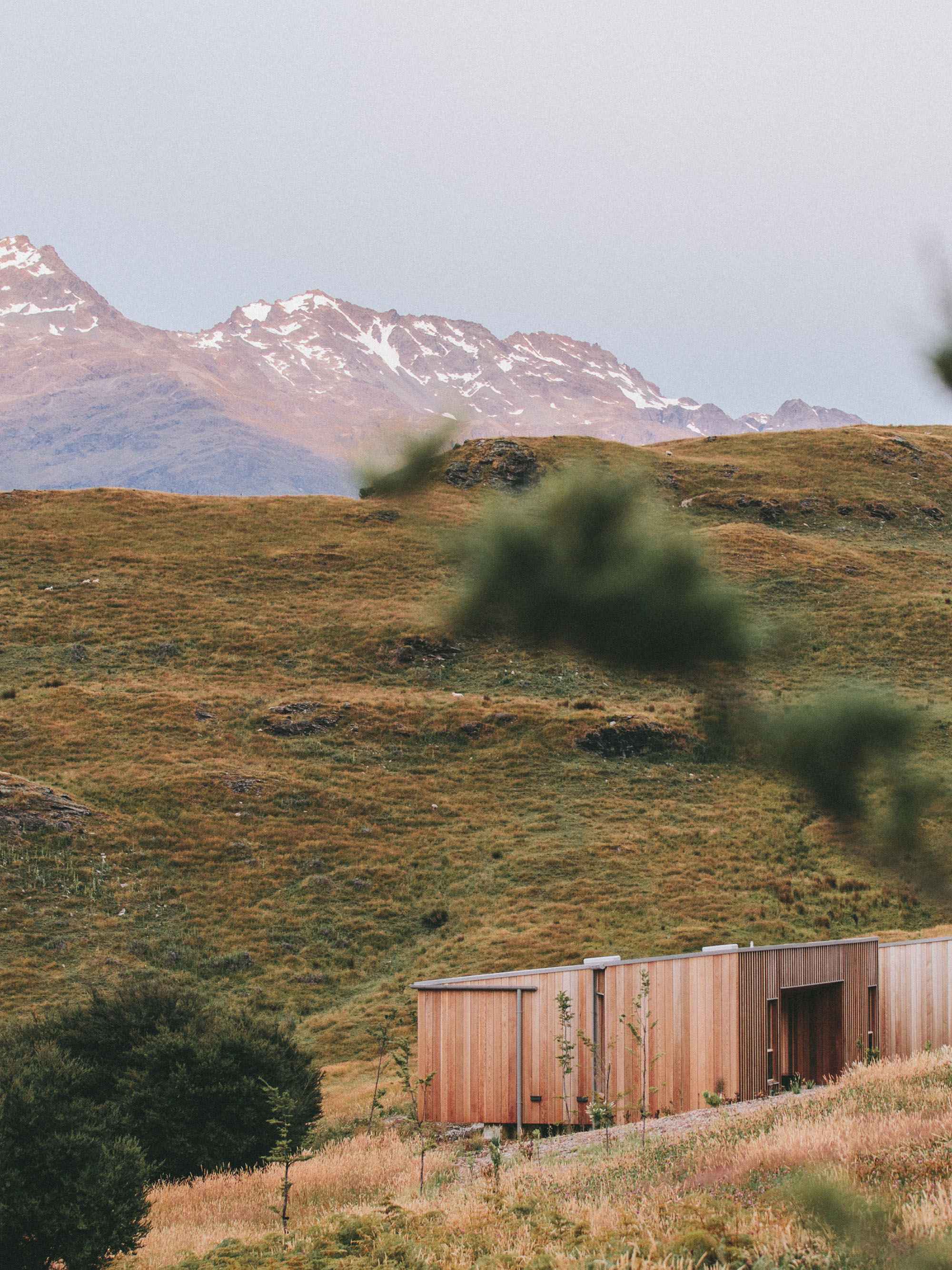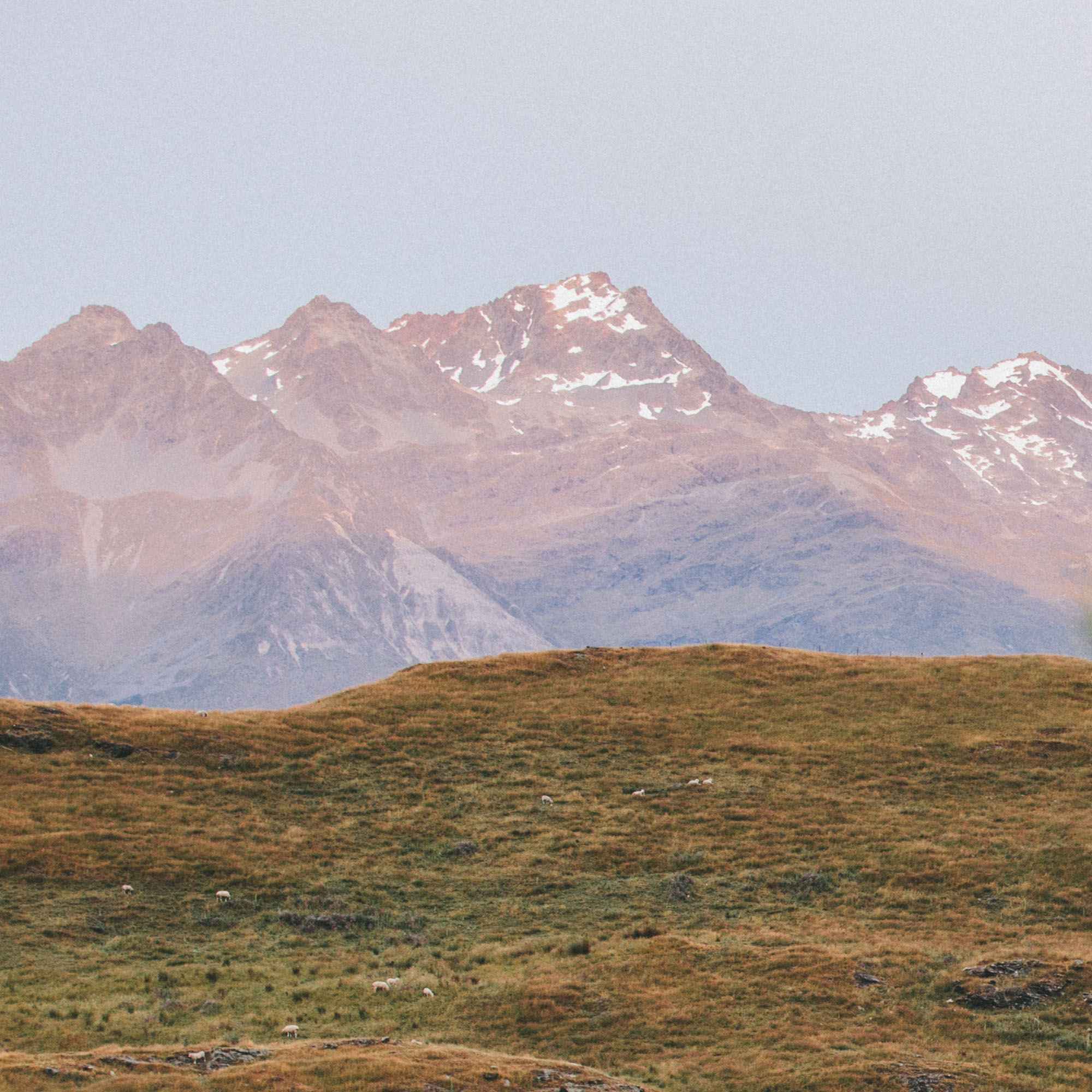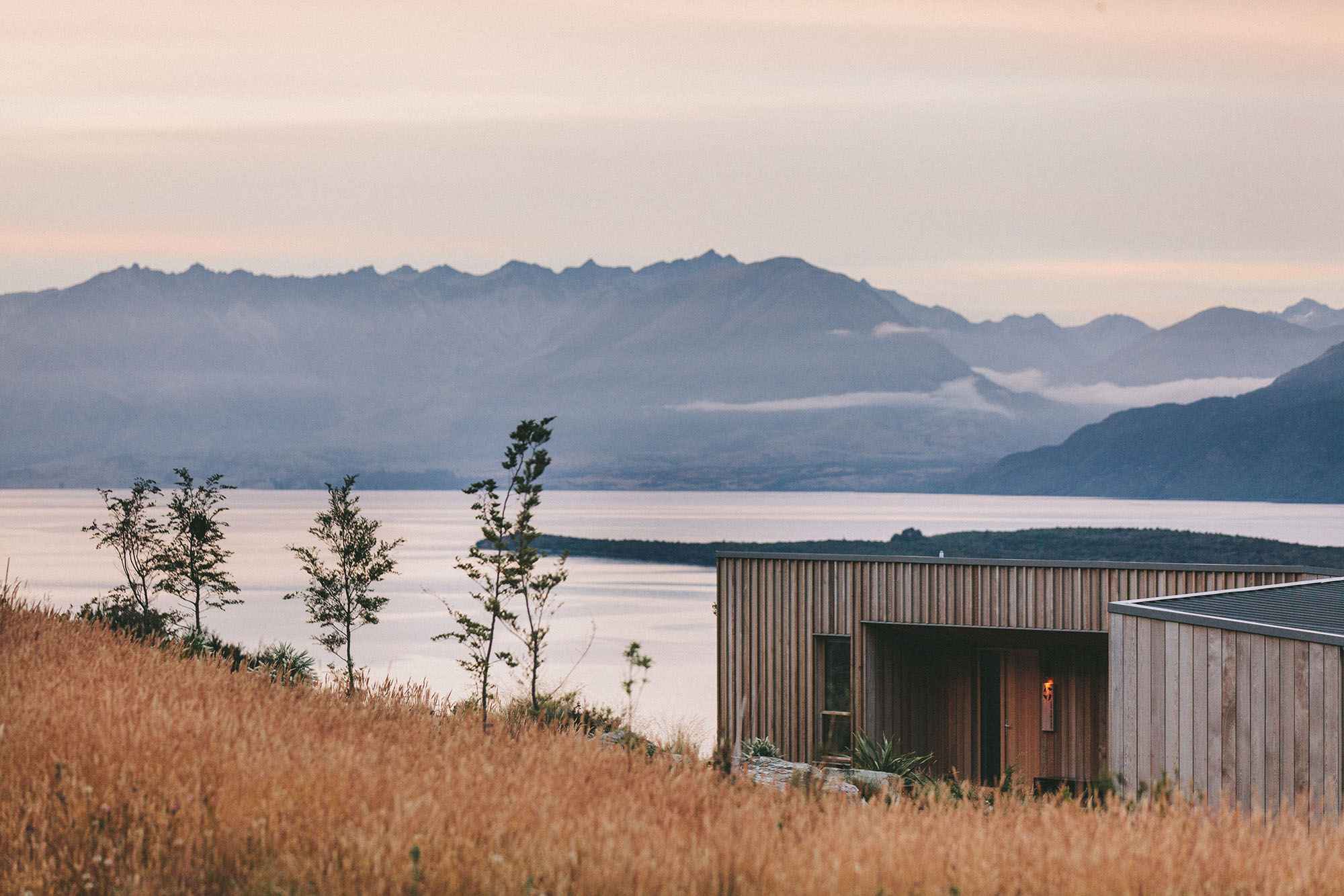Stone Koan Series
Stone Kōan Series:
Original Italian travertine stone from Mies van der Rohe’s Edith Farnsworth House
Contact us at info@dwhstudio.com for pricing and shipping info.Each of these stone sculptures are made from the original Italian travertine pavers that architect Mies van der Rohe personally selected to have installed on the lower terrace of the iconic glass home he designed and built for Dr. Edith Farnsworth from 1945-1951. In 2021, after 70 years of ice damage, these historic pavers had to be removed and replaced, enabling Edith Farnsworth House 2022 artist-in-residence, David Wallace Haskins, to use them for a new sculpture series, the sale of which will help raise support for the continued restoration of the house’s upper terrace in the years to come.
It is fitting for a home that sits on a river that these travertine stones were themselves formed by water. The ancient mineral springs at Bagni di Tivoli have been bubbling up rich minerals for over 200,000 years, fueled by the same geothermal heat as Mt. Vesuvius and the Roman baths. This is what gives the stone its porous structure, revealed in its various chips, divots, and cavities giving it the charming irregularities that have drawn architects to use it for centuries. In fact, this stone that Mies chose for Dr. Farnsworth’s home came from the same travertine quarry that was used to build some of the greatest architectural marvels of the ancient world—including the Roman Colosseum, aqueducts, and the Pantheon. Michelangelo even chose this storied stone for key portions of St. Peter’s Basilica. Along with their distinctive texture, these sculptures share a unique patina, having been exposed to over seven decades of sun and weather since the house was first built—and on their back and sides, one can see the remnants of the cement that once held them to the house itself.
Inspiration and Background
A kōan, which is pronounced “koe-on”, is a confounding story, question, or phrase used in Zen practice to help an initiate abandon their reliance on binary logic in order to provoke “the great doubt”—a state of unknowing that allows for a more expansive or intuitive knowing to arise.
Many of Haskins‘ works could be considered experiential kōans, as they use a phenomenal paradox to create unique perceptual tensions that lead viewers into a questioning or an unknowing, which the artist refers to as “a disorientation that leads to a reorientation". Haskins’ hope is that this process might widen the ways in which one begins to see and respond to themselves and the world around them.
To achieve this perceptual tension Haskins implements a blend of meticulous geometry, advanced engineering, and archetypal symbolism. The ancient iconography of the oldest traditions around the world have used rectilinear forms to symbolize the realm of knowing, or the physical and the finite. This has often been contrasted alongside voids or circles which have symbolized the realm of unknowing, or the immaterial and infinite.
Building on these traditions, Haskins’ Stone Kōans are composed of rectilinear forms that each hold an immaterial void at their center. The stones have been cut in such a way that this void appears as a visual paradox—both empty and full, as foreground and background seemingly coalesce on the same plane. Absence folds into presence, allowing what is behind the sculpture to merge with what is before it, condensing opposites into a kind of oneness.
In this way, these sculptures function less as aesthetic objects, and more as meditation stones, or, as their name suggests, tools that can be used to stimulate contemplation and to practice what Haskins calls a “third kind of seeing, one that transcends reactive binary thinking, to make room for a nondual interrelational beholding.”
Placement
These sculptures are incredibly site-responsive and work best set on a ledge or mantel, 4-6 inches from a plain wall near a well-lit window, or anywhere outdoors. The opening in each stone functions, and even strangely appears, as a lens, catching and framing the light and shadow that moves and shifts before and behind the sculpture throughout the day and evening. Depending on the light source, placement, and the viewer’s position, the void might appear to be as solid as the stone itself and moments later take on the appearance of a sphere with true depth and form (as seen in the pictures above). This interplay with light, space, and time, and positional perspective, is a common theme in Haskins’ practice and affords the viewer a work of ever-changing phenomena to behold for years to come.
